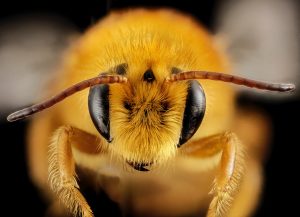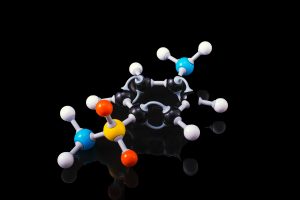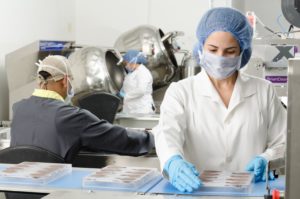How Do Neurons Connect With Each Other?
Fields covered: Neuroscience, Neuroanatomy, Neuronal Signalling, Neuronal Development
Related Articles:
§ How to map the brain §
![]() Growth Cones §
Growth Cones § ![]() Cytoplasmic mechanisms of axonal and dendritic growth in neurons §
Cytoplasmic mechanisms of axonal and dendritic growth in neurons § ![]() Cytoskeletal events in growth cone steering|
Cytoskeletal events in growth cone steering|
An adult brain is a powerful machine made up of around 100 billion neurons and quadrillions of connections [1]! These connections help transmit messages and give rise to responses such as perceptions, hearing, emotions and many more. Have you ever wondered how these connections form in your nervous system?
Our neurons are special cells with extensions growing out of the cell bodies, axons and dendrites, collectively called the neurites. Connections refer to synapses formed between neurites of different neurons (Figure 1). These are places where signals are transmitted from one neuron to another through the neurites.
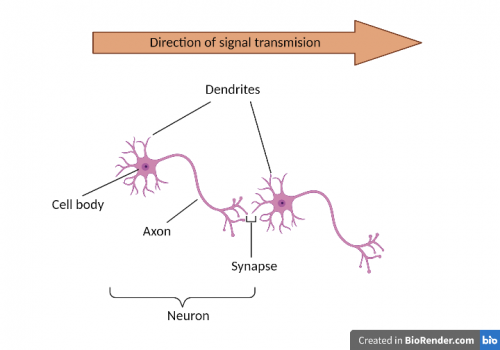
As neurites grow out of the cell bodies of neurons, there will be a fan-like structure called a growth cone [2] at the tip of every growing neurite [3]. Growth cones were first discovered by Spanish neuroscientist Santiago Ramon y Cajal when he was studying a chick embryo under the microscope. They are made up of mostly actin and microtubules [4], which are cytoskeleton elements usually found in other body cells to maintain cell shape.
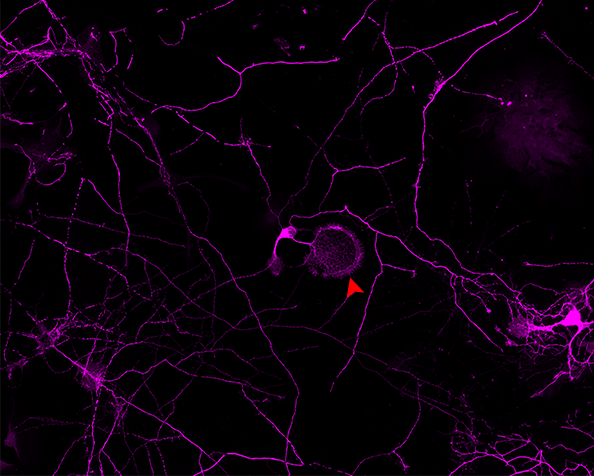
Growth cones are motile [3]. They drive neurites to grow towards their partner neurons and form synapses under the guidance of proteins called guidance cues [4]. Attractive guidance cues attract growth cones and induce neurites’ growth. They lead neurites towards the partner neurons. In contrast, repulsive guidance cues cause growth cones to collapse [5] and be repulsed in a different direction [2]. Collectively, a growth cone utilises both attractive and repulsive cues to reach its partner neuron. Imagine a cat in a maze with cat feed placed on the way home and hot pepper sauce in the wrong direction. The cat would avoid the hot pepper path while walking, or eating, down the cat feed path and eventually reach its home. This illustrates how growth cones move to their destination, partner neurons, in the presence of attractive cues (cat feed) and repulsive cues (hot pepper sauce).
On top of forming synapses, guidance cues make sure that synapses are formed between the correct neurons so that messages are transmitted correctly in a human body. Suppose there is a “communication breakdown” in the connections. In that case, a human body could act abnormally and display symptoms of neurological diseases. In a nutshell, through the help of guidance cues and growth cones steering, neurons are able to find their partner neurons and form synapses, giving rise to a functional nervous system.
References
- Nature Editorial. (2019). How to map the brain. Nature. https://www.nature.com/articles/d41586-019-02208-0
- Raper, J. A. (2009). Growth Cones. In L. R. Squire (Ed.), Encyclopedia of Neuroscience, 981-985. Oxford: Academic Press. https://doi.org/10.1016/B978-008045046-9.00340-5
- Heidemann S. R. (1996). Cytoplasmic mechanisms of axonal and dendritic growth in neurons. International review of cytology, 165, 235–296. https://doi.org/10.1016/s0074-7696(08)62224-x
- Audesirk, G., & Audesirk, T. (1998). Chapter 3 – Neurite Development. In W. Slikker & L. W. Chang (Eds.), Handbook of Developmental Neurotoxicology, 61-85. San Diego: Academic Press. https://doi.org/10.1016/B978-012648860-9.50006-6
- Bentley, D., & O’Connor, T. P. (1994). Cytoskeletal events in growth cone steering. Current Opinion in Neurobiology, 4(1), 43-48. https://doi.org/10.1016/0959-4388(94)90030-2

